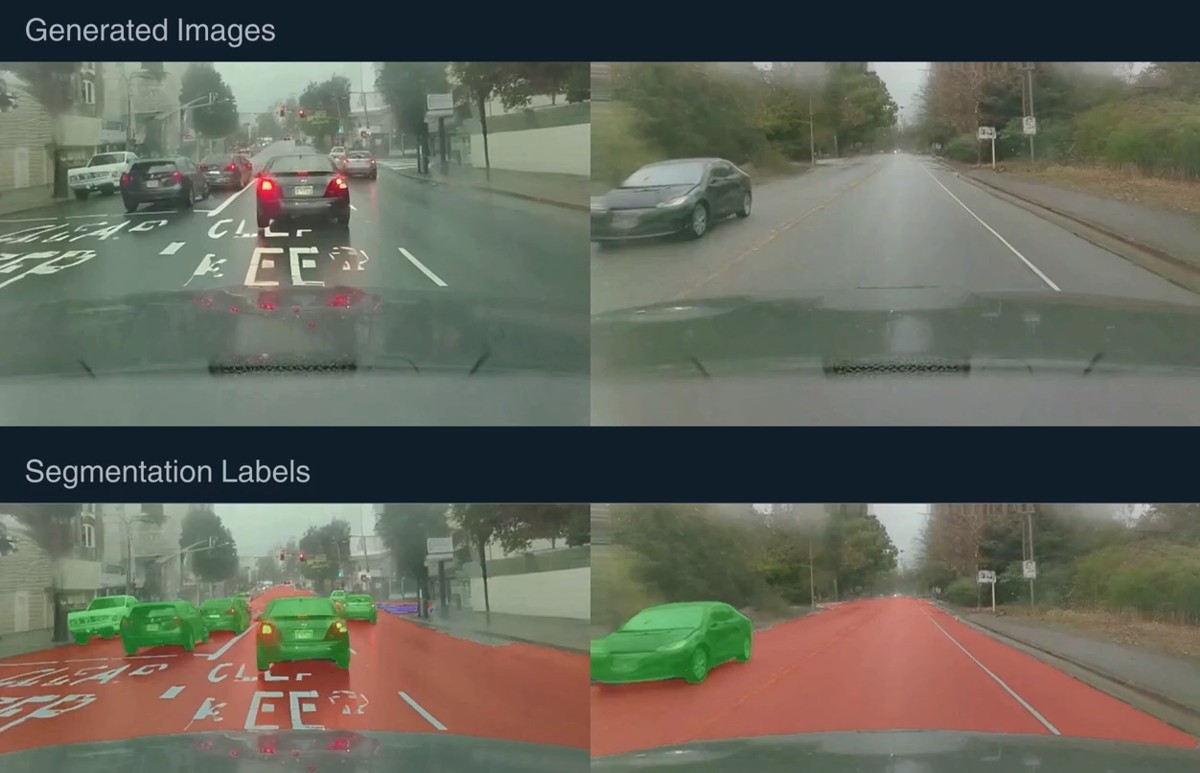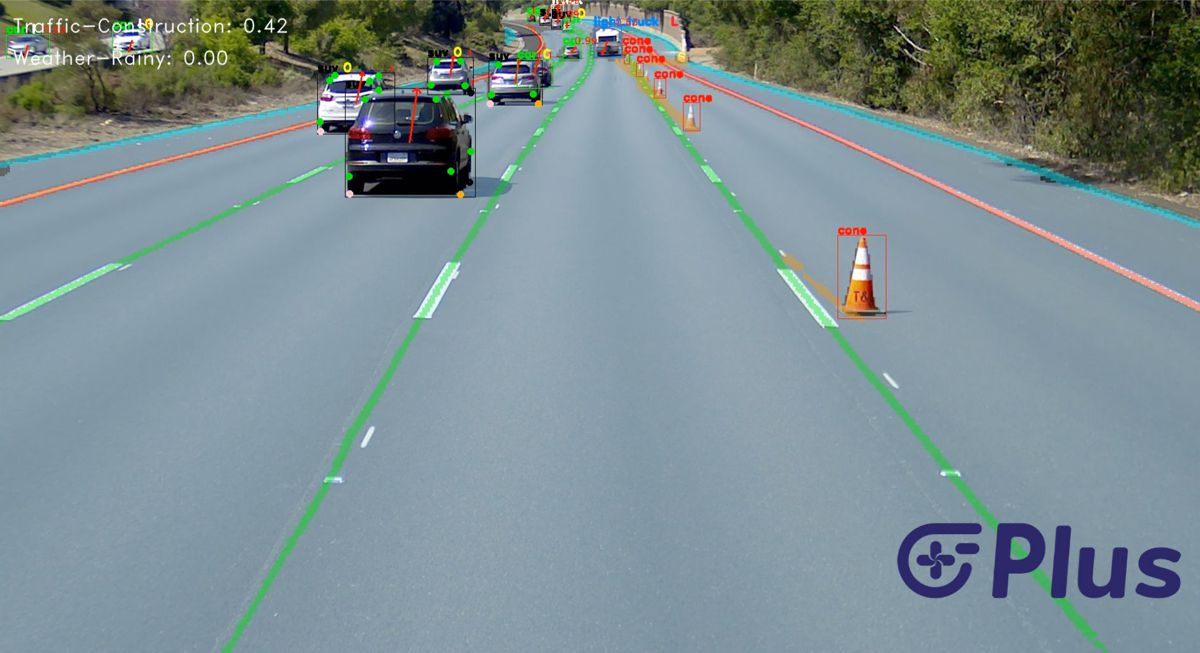Commoditisation of Hydrogen for Transport and Power
The hydrogen market is beginning to take shape in Europe and around the world. It is expected to become a key mechanism for decarbonising industry, transport and the power sector. Its development as a market is a key tool in the fight against climate change. However, industry, transport and power all use market signals and commodity trade to balance supply and demand, whereas hydrogen is currently a bilaterally traded market, often with little-to-no commoditisation.
True commoditisation means that enough market participants produce or need the same product for each to be encouraged, by market forces, to differentiate their position as seller or buyer by assigning a chosen price to it. Participants, therefore, compete on price, as opposed to on service quality, or product features. In the case of a commoditised hydrogen market, the product would be a set volume of hydrogen to be delivered over a set period. The desired price would be offered by the seller, or bid by the buyer, and where the two met a trade could happen.
Could there one day be liquid, traded, commoditised hydrogen markets in Europe and around the world, like the markets that exist today for crude oil, gas and power, and other commodities, with hundreds, or thousands of trades a day? To understand the reality of hydrogen as a liquid market, ICIS has examined how Europe developed an active spot gas market over the past quarter century and the conditions that allowed this to take place.
Natural Gas Emergence
The first key reflection is the time over which European gas markets developed. The emergence of a physical industry for gas in Europe occurred in the 1960s and 1970s, as new discoveries of natural gas reserves provided large-scale supply, facilitating a transition away from what was termed town gas, which was manufactured from coal. In the Netherlands, the discovery of the giant Groningen gas field in 1959 eventually drove this transition, while in the UK energy major BP discovered the West Sole gas field in the North Sea in 1965.
Billions of dollars were required over the coming decades to transform these finds, and others in Norway, Russia, North Africa and beyond into producing assets with the output delivered to Europe through a vast pipeline network. To persuade banks to lend the money required to get projects off the ground, gas producers secured long-term sales contracts of 20 years or more to guarantee they would have a return on their investments.
By the 1980s and 1990s there was a large physical gas market in place, dominated by long-term contracts and state companies like British Gas. Starting in the UK, moves were made to increase competition in the market in the hope of boosting efficiency and lowering prices. British Gas was privatised in 1986. Power companies were permitted to sell gas and gas companies to sell power, and consumers were allowed to choose their own supplier, changes that gradually spread throughout Europe.
Spot gas trading took off in the late 1990s, with these new competitors buying and selling gas with each other outside of the ongoing long-term contracts. This process was accelerated by government actions such as “gas release” programmes, in which dominant players were made to auction off some of their long-term supplies.
Liquidity was boosted by an overhaul of transmission systems, such as the development of the UK National Balancing Point (NBP) and the Dutch Title Transfer Facility (TTF), according to which all gas in a country’s national network counted as being at the same place, and could be traded with any other user, rather than having to be bought and sold at specific physical points. Trade spread from the UK first to Zeebrugge in Belgium, to the Dutch TTF in 2003, and then further into France, Germany and Italy as those countries gradually aligned their policies and regimes to favour open trade.
Transparency is vital to the growth and confidence of a market but takes time to develop. In the European gas market, what was then Heren Energy, now part of ICIS, led the way with independent price reporting of the British gas market (later the NBP) from the late 1990s onwards. Another big step forward was the launch of real-time flow data, first in the UK from winter 2006, providing two-minute updates on supplies, although some European countries still lag far behind.
Long-term gas supply contracts in Europe increasingly switched away from oil-indexation to using spot gas price references during the period 2010-2020, partly as a reaction to changes in the oil and gas markets after the 2008 financial crisis when oil prices collapsed. The increasing liquidity of gas hubs also meant the spot price was a better reflection of supply and demand fundamentals in the natural gas market. There was also huge progress between 2000-2020 in the sophistication of financial trade.
Hydrogen Market Development
How does the hydrogen market in Europe now compare? The market is liberalised in its regulation, with many participants proposing projects and looking to get involved in the production, buying and selling of hydrogen. This shows market forces and policy working together as the region considers the costs and benefits of a transition from natural gas to hydrogen, just as it once moved from town gas to natural gas.
Companies like ICIS are still leading the way in monitoring and reporting developments, providing the information, data and insight that new markets need. Trading firms and financial institutions are always on the look-out now for new markets in which to compete.
The key factor holding back liquid commodity trade in hydrogen is that the physical industry itself remains immature. When gas market trading took off in Europe, it was on the back of an industry already some 30 years old, with huge amounts of gas being physically produced and consumed, albeit according to inflexible long-term contracts and regulations.
Hydrogen is not yet a physical market of the same scale. Europe does not yet have wide-scale adoption of hydrogen for use in industry, transport and power. Many projects are only at the proposal stage. And many proposals are also for localised projects, or clusters, of hydrogen consumers. A truly liquid market could require large numbers of customers to be connected across clusters, allowing for trade between areas of surplus supply and areas of deficit for mutual benefit.
In recent years, Europe’s gas market has become part of an increasingly interconnected global gas market through greater reliance on seaborne cargoes of liquefied natural gas (LNG). There are now some 700 LNG tankers and floating regasification vessels plying their trade around the world, and traders in Germany, India and Japan are scrutinising each other’s markets for clues to future trends. In the hydrogen market there is, today, one solitary test tanker, the Suiso Frontier, carrying shipments of hydrogen from Australia to Japan.
The difference between the formation of the gas markets and the incoming hydrogen market is necessity. Intervention at scale will catalyse the growth and commoditisation of this market.
Policymakers around the world are including hydrogen in their plans for decarbonisation, offering support schemes and subsidies to bring the cost of this future commodity down.
Such support schemes can act as initial market makers, encouraging new offtakes of hydrogen to buy from producers. This could therefore accelerate the formation of a market, albeit one that is in the first instance largely underpinned by long-term contracts. For instance, in the UK, the government’s proposed Hydrogen Business Model aims to provide support between the strike price (the cost of producing hydrogen) and the achieved sales price over a 15-year period. In the case of the UK support mechanism, the price floor at which producers can sell their hydrogen shall be the UK NBP front month gas price.
As hydrogen is the result of production processes that rely on changes to the power and gas markets, there could be instances where production exceeds or falls short of contractually agreed volumes even during the early years of the market. This indicates further that spot activity could emerge sooner, and more naturally than the development of gas market spot trade, as market participants will need to balance their positions due to the lack of predictability of solar and wind power generation.
Hydrogen therefore should emerge as a commodity far sooner than the 50-year timeline from the first gas field discoveries to fully liquid gas markets in Europe. But accelerating this timeline will largely depend on the deployment of both physical production capacity and transportation infrastructure alongside policy intervention where required. Once the physical conditions are in place, near-to-real-time data transparency could offer the market indications of supply and demand, providing participants with vital information when buying and selling hydrogen. As such flexibility develops, price transparency can emerge at a national level to support spot trade, bringing hydrogen from a product to a commodity.
Article by Jake Stones, Hydrogen Editor at ICIS.















